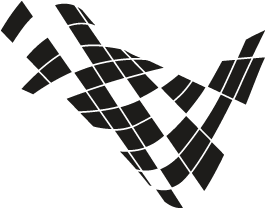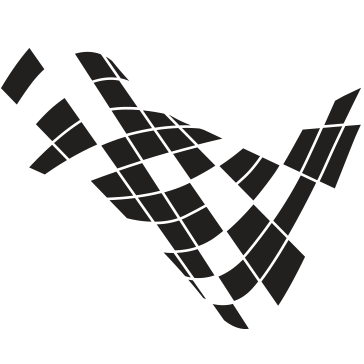I was born in Cyprus. After graduating from high school in 2011, I started studying Mechanical Engineering, MEng in University of Sheffield. In the final year of my degree, I wrote my thesis on “Metamaterials in Acoustics”. Straight after graduation, I started studying PhD on “Dynamics of Robotic Machining” in The University of Sheffield.
Research interests
- Machining Dynamics
- Robotics
Current research
As opposed to CNC machines, robots make it easier to cope with changing demands and requirements without undergoing major facility customization. This results in an automated, cost effective, rapid and efficient way of adapting facility to new requirements. For machining operations, serial type robots are utilized to a great extent due to their large workspace and high dexterity compared to other types of robots. However, due to its structural design; mechanical arms with a number of links connected by means of joints, serial type manipulators have comparatively low stiffness than that of a standard CNC machine. Therefore, even though robots can achieve automation with high flexibility and repeatability, accuracy in machining operations tends to be much lower. For this reason, currently, it is not practical to carry out machining operations with robots on hard materials. The machining operations carried out results huge deviations in the path of the tool centre point (TCP) as a result of the relatively large dynamic cutting forces acting on the tool, causing dimensional inaccuracies on the workpiece. Although there has been lots of work done on compensating these errors by various techniques, it is still necessary to develop techniques that will make machining hard materials with robots implementable. Consequently, in this research, dynamics of robotic machining is investigated to improve dynamic properties of serial manipulators and take a step forward in regards to making machining hard materials with robots feasible. One of the topics considered is optimising Cartesian Stiffness of the robot in certain directions in order to make the robot stiffer in the directions of highest cutting forces. In the following years, chatter in robotic machining will be considered in detail.

